Top 25 AI & ML Interview Questions and Answers for 2024
1. What is Artificial Intelligence (AI)?
Answer: Artificial Intelligence refers to the development of computer systems that can perform tasks that typically require human intelligence, such as learning, problem-solving, and speech recognition.
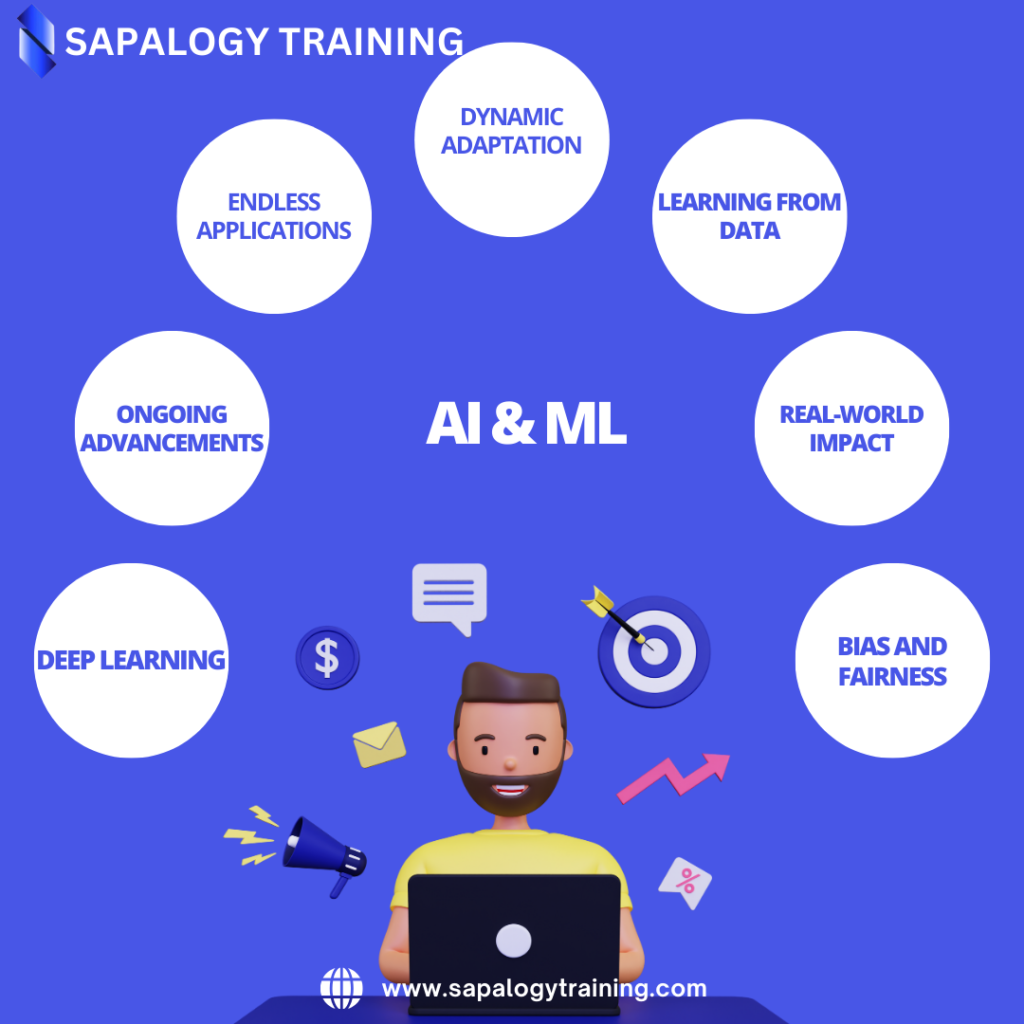
2. Define Machine Learning (ML).
Answer: Machine Learning is a subset of AI that involves the use of algorithms to enable computers to learn from data and make predictions or decisions without explicit programming.
3. What are the main types of machine learning?
Answer: The main types of machine learning are supervised learning, unsupervised learning, and reinforcement learning.
4. Explain supervised learning.
Answer: In supervised learning, the algorithm is trained on a labeled dataset, where each input is paired with the corresponding desired output. The model learns to map inputs to outputs based on this training data.
5. Give an example of unsupervised learning.
Answer: Clustering is an example of unsupervised learning, where the algorithm identifies patterns or groups in data without labeled outputs.
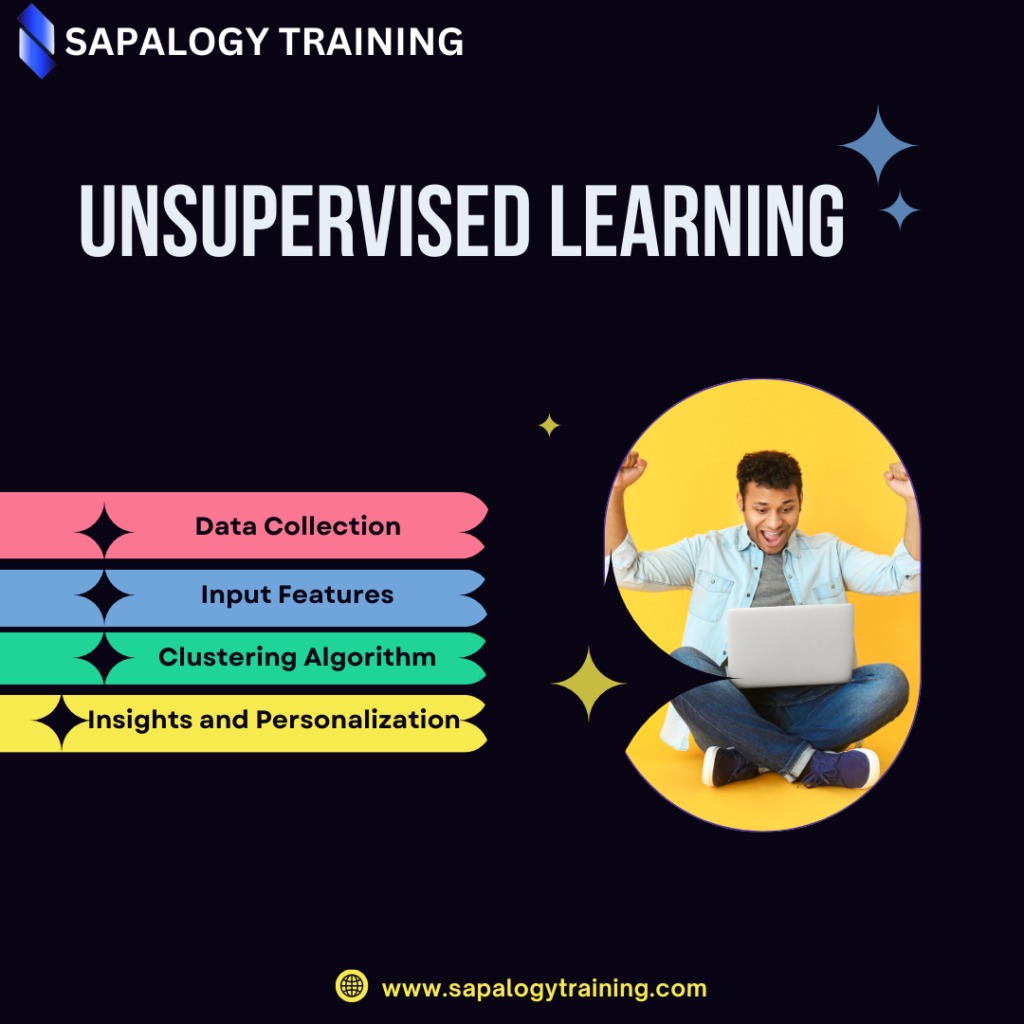
6. What is the difference between AI and ML?
Answer: AI is the broader concept of machines performing tasks that require human intelligence, while ML is a subset of AI that specifically focuses on training machines to learn from data.
7. Explain the bias in machine learning.
Answer: Bias in machine learning refers to the presence of unfair or prejudiced outcomes in the model predictions due to biased training data.
8. How does deep learning differ from traditional machine learning?
Answer: Deep learning is a subset of machine learning that involves neural networks with multiple layers (deep neural networks). It is particularly effective for complex tasks, while traditional machine learning may involve simpler models.
9. What is overfitting in machine learning?
Answer: Overfitting occurs when a model learns the training data too well, including its noise and outliers, and performs poorly on new, unseen data.
10. Explain the term “feature engineering.”
Answer: Feature engineering involves selecting, transforming, or creating relevant features (input variables) to improve the performance of a machine learning model.
11. What is the purpose of a validation set in machine learning?
Answer: A validation set is used to fine-tune a model during training and prevent overfitting. It helps assess the model’s performance on data it hasn’t seen before.

12. Describe the concept of reinforcement learning.
Answer: Reinforcement learning involves training a model to make sequences of decisions by providing rewards or penalties based on the model’s actions in an environment.
13. What is the difference between bagging and boosting?
Answer: Both bagging and boosting are ensemble learning techniques. Bagging builds multiple models independently and merges their predictions, while boosting focuses on training models sequentially, giving more weight to misclassified instances.
14. Explain the term “gradient descent.”
Answer: Gradient descent is an optimization algorithm used to minimize the error or loss function by adjusting the model’s parameters iteratively in the direction of the steepest descent.
15. What is a neural network?
Answer: A neural network is a computational model inspired by the human brain’s structure. It consists of interconnected nodes organized into layers, including an input layer, hidden layers, and an output layer.
16. What are hyperparameters in machine learning?
Answer: Hyperparameters are parameters set before the training process that control the learning process, such as the learning rate or the number of hidden layers in a neural network.
17. How does transfer learning benefit machine learning models?
Answer: Transfer learning allows a model trained on one task to be adapted to another related task, saving time and resources and often improving performance.
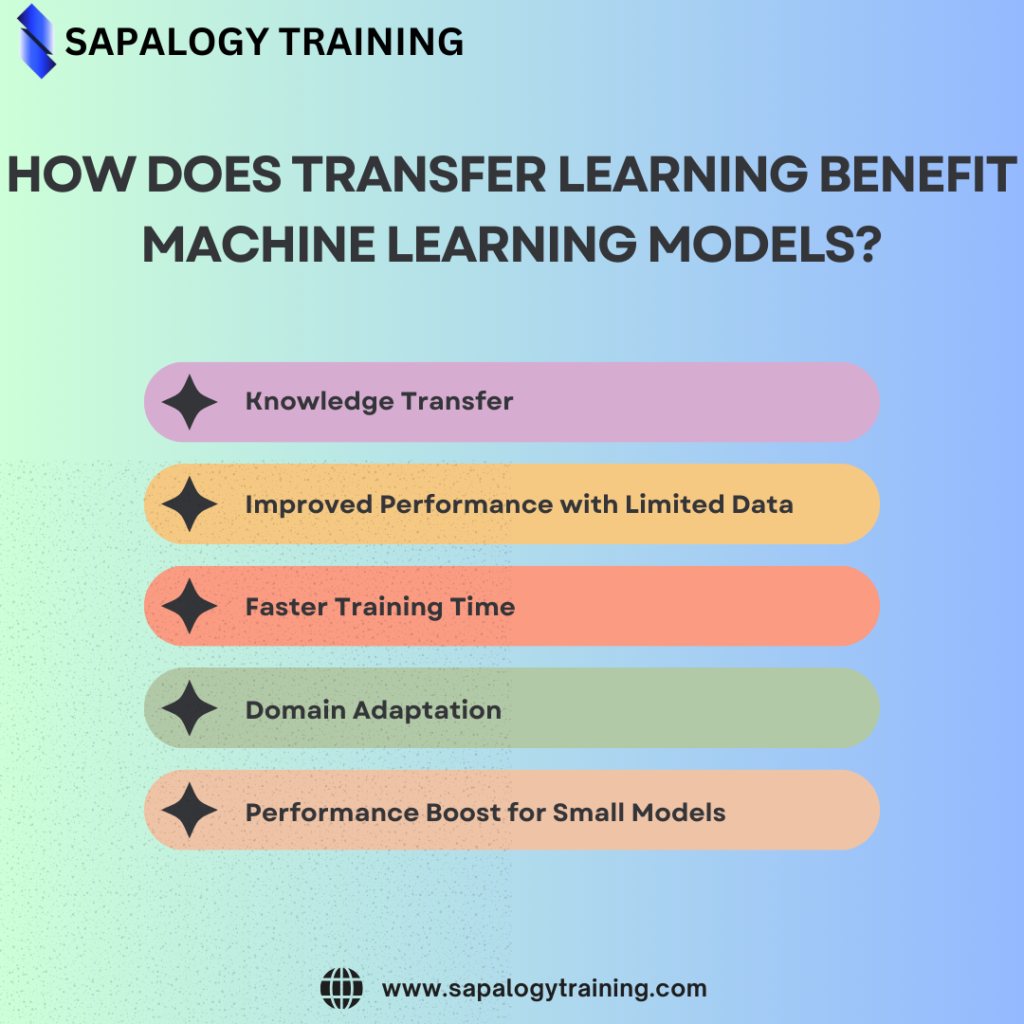
18. Define natural language processing (NLP).
Answer: Natural Language Processing is a field of AI that focuses on enabling machines to understand, interpret, and generate human language.
19. What is the role of a loss function in machine learning?
Answer: A loss function measures the difference between the predicted values and the actual values. The goal is to minimize this difference during the training process.
20. Explain the concept of a confusion matrix.
Answer: A confusion matrix is a table that summarizes the performance of a classification algorithm. It shows the number of true positives, true negatives, false positives, and false negatives.
21. What is a convolutional neural network (CNN)?
Answer: A Convolutional Neural Network is a type of neural network designed for processing and analyzing visual data, using convolutional layers to automatically learn hierarchical patterns.
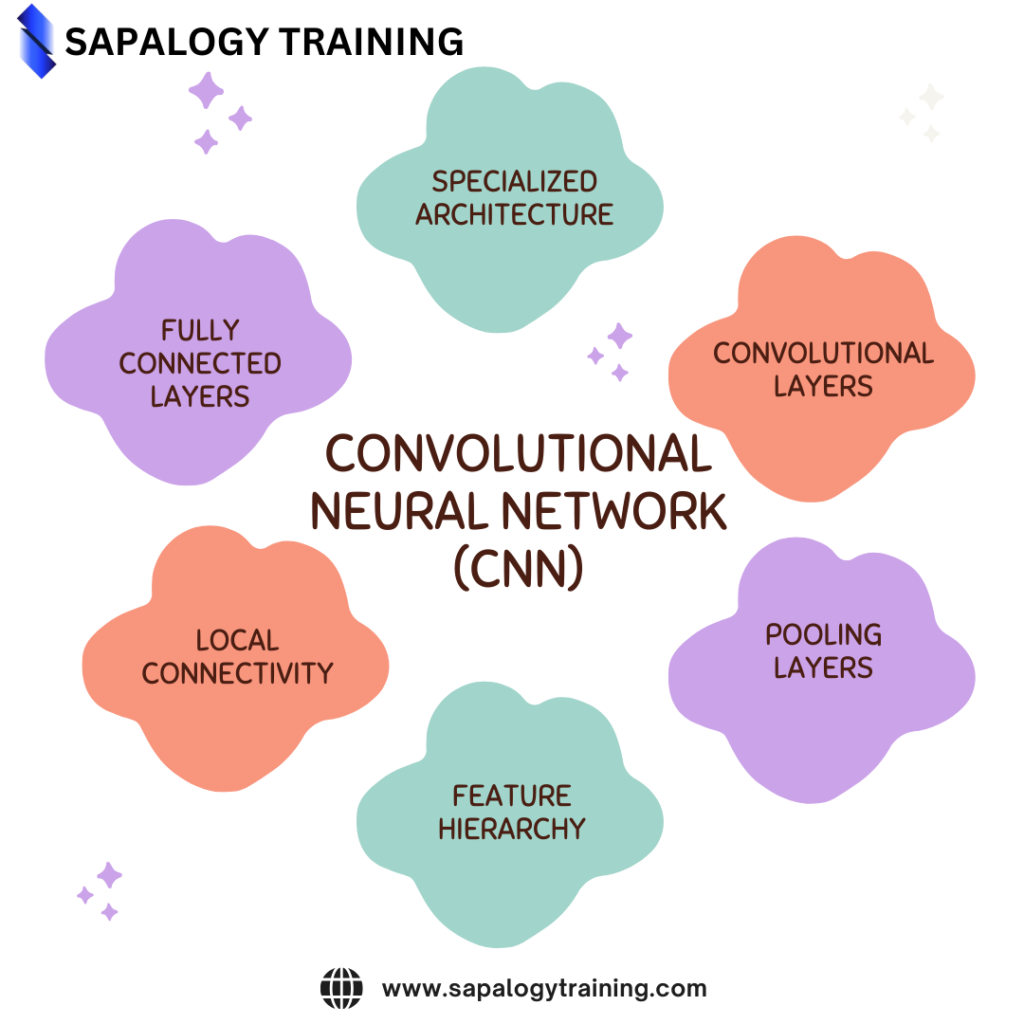
22. How do you handle missing data in a dataset?
Answer: Missing data can be handled by either removing rows or columns with missing values, imputing missing values based on statistical methods, or using advanced imputation techniques.
23. Explain the concept of a decision tree.
Answer: A decision tree is a tree-like model where each node represents a decision based on a feature, leading to branches that represent possible outcomes.
24. What is the role of activation functions in neural networks?
Answer: Activation functions introduce non-linearity to neural networks, allowing them to learn complex patterns and relationships in the data.
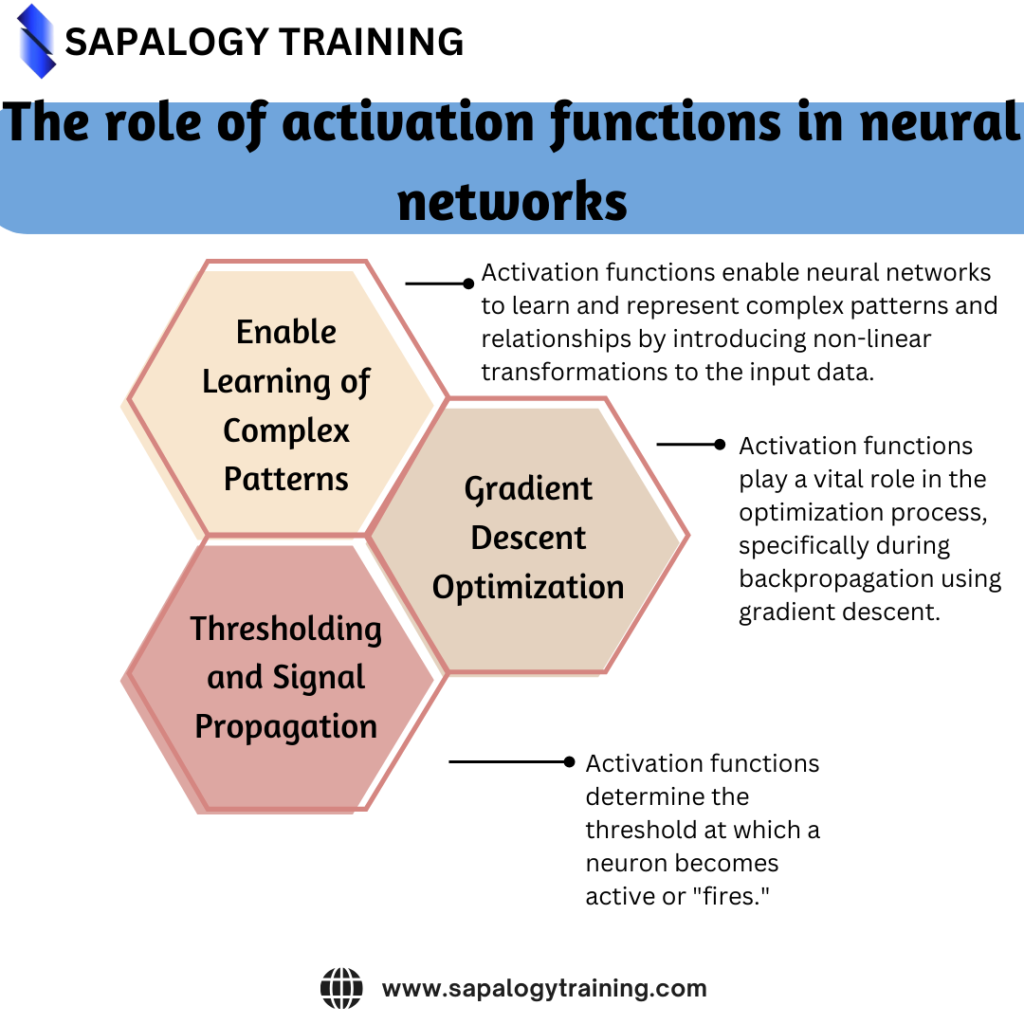
25. How would you explain machine learning to a non-technical person?
Answer: Machine learning is like teaching a computer to learn from examples. Instead of programming specific instructions, we provide the computer with data and let it discover patterns and make decisions on its own. It’s a way to make computers smarter and more adaptive without explicit programming.
Find our upcoming batches of AI & ML course training :
Sapalogy provides flexible timings to all our students. Here are the AI & ML Training Classes in Nagpur Schedule in our branches. If this schedule doesn’t match please let us know. We will try to arrange appropriate timings based on your flexible timing.
| Course | Batch | Mode | Enquire now |
|---|---|---|---|
| AI & ML | Starts every week | Online + offline classroom | Enquire now |
Conclusion:
In conclusion, these AI & ML interview questions and answers provide a foundational understanding of key concepts and principles. Staying informed on these topics will not only help you navigate interviews successfully but also contribute to a deeper grasp of the rapidly evolving field of artificial intelligence and machine learning.
If you are looking to enhance your AI & ML skills, consider Sapalogy training institute. Sapalogy offers top-notch AI & ML training with a commitment to excellence. Their comprehensive programs include practical hands-on experience, ensuring students are well-prepared for real-world challenges. With a stellar track record of 100 percent placement assistance, Sapalogy stands out as a leading choice for those seeking quality education in AI & ML. Positive student reviews further attest to the institute’s dedication to providing an exceptional learning experience.
